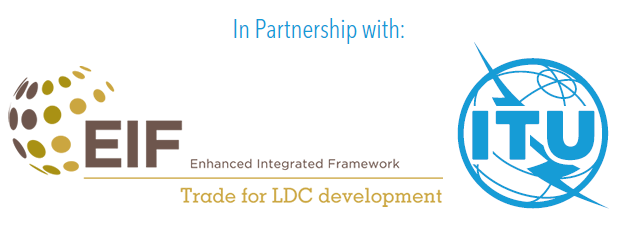Annex 1: Methodology for assessing policy documents and regulations
Gender in ICT policies and regulations were assessed with a qualitative approach, identifying references to keywords related to gender equality. Key words to be searched for include: “gender”; “gender equality”; “gender empowerment”; “women”; “girls”; “digital inclusion”; “STEM”; and “small businesses”66.
References were analysed in terms of their relevance in the entire policy document or regulation (i.e., if there is an entire chapter dedicated to women or girls). The analysis also evaluated if a given reference is a mere statement or if it proposes a course of action, based on three criteria:
| (I) | Recognition: the ICT policy, strategy or regulation includes direct a reference to gender and/or a gender equality perspective. |
| (II) | Action: the ICT policy, strategy or regulation states an action. |
| (III) | Adequacy: the ICT policy, strategy or regulation specifically addresses (one or more) the five pillars of digital inclusion for gender equality. |
The following five pillars (including EQUALS focus areas) were considered for the analysis of gender in ICT strategies, policies and regulations:
Digital technology: access by women and girls to digital technology, connectivity and security.
Digital skills: access by women and girls to technical/professional studies, university, and particularly, to programmes equipping them with, at least, basic digital skills in the area of science, technology, engineering and maths (STEM).
Financial inclusion: availability of digital banking and digital payments (national and international), especially for women.
Entrepreneurship and leadership: women’s access to networks, knowledge sharing platforms and associations, presence in decision-making roles within the ICT field, and possibility to share knowledge experiences.
Digital infrastructure: available, universal and affordable.

